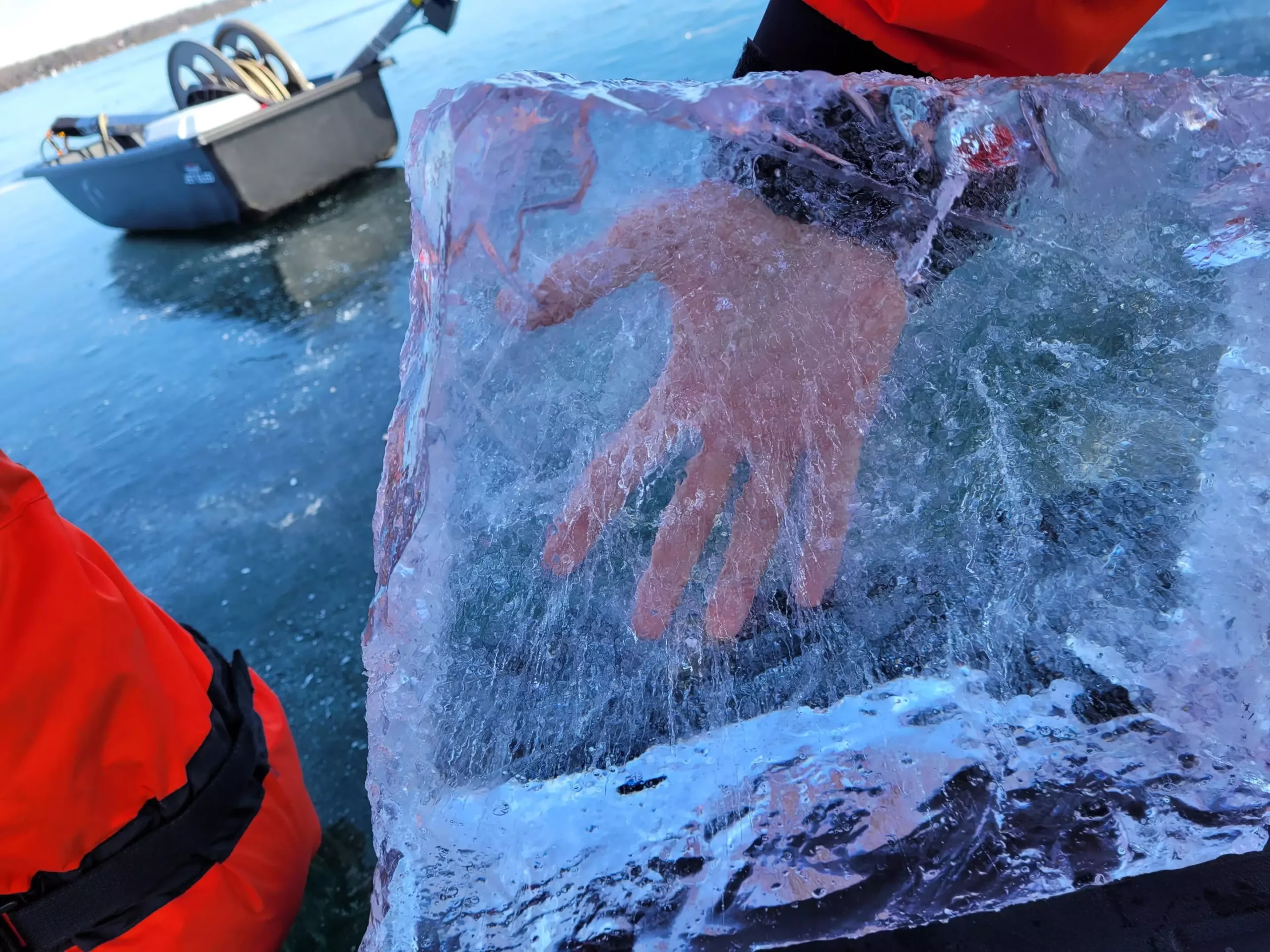Ice-covered lakes and rivers transport us into a winter wonderland; serene and perfect for outdoor activities like skating and hockey. Yet, beneath the glistening surface lies an unseen peril, particularly in this age of climate change. A recent study from York University has brought to light the increasingly volatile quality of ice, emphasizing that changing environmental conditions are altering both ice formation and its stability. This article delves into the nuances of ice quality, the implications of these changes, and what measures individuals can take to ensure their safety on frozen environments.
The Two Faces of Ice: White vs. Black
Understanding the structural characteristics of ice is crucial for safety. Ice typically forms in two primary types: white ice and black ice. White ice, often opaque and filled with air bubbles, lacks the integrity required to support heavy loads. In contrast, black ice is clear and dense, containing larger ice crystals that provide superior strength. This distinction is pivotal for activities like skating or ice fishing, where the load-bearing capacity of ice is critical.
Professors from York University elucidate that the interplay between these two ice types is increasingly worrying due to climate fluctuations. Warmer winters are resulting in thinner and unstable layers of black ice, alongside a surge in the thicker, less stable white ice. This combination creates a scenario where individuals may naively believe a frozen surface is secure when it is, in fact, too weak to bear their weight.
The study highlights a concerning trend: as winters warm, ice formation is happening later in the year and melting earlier. The intricate changes in how ice develops are not merely theoretical, but are proved by observable phenomena. For instance, two recent winters saw tragic consequences in both Canada and Finland where multiple lives were lost after individuals fell through precarious ice, a stark reminder of the potential for disaster in what might seem like otherwise safe conditions.
Researchers emphasize that thickness alone is no longer a reliable indicator of safety. Recommendations suggest individuals should seek at least 10 centimeters (4 inches) of black ice for skating or walking. However, due to increased white ice formation, the actual thickness necessary for safety may need to double to 20 centimeters in today’s unpredictable climate.
The Unseen Chaos Beneath the Ice
The implications of dwindling ice quality extend beyond human safety; they permeate entire ecosystems. Aquatic life, which thrives under layers of ice, relies heavily on the amount of light that penetrates the surface. White ice, by obstructing light, compromises the photosynthesis of phytoplankton, further disrupting food chains and nutrient cycles in aquatic environments.
Given that areas in the Arctic, known for their icy landscapes, are witnessing the quickest changes, this problem is particularly severe in northern regions, raising alarm about the effects not just on winter sportsmen but also on indigenous communities dependent on these water bodies for transportation and sustenance.
Personal Safety Considerations
The combination of human activities on unstable ice and climatic shifts signals an urgent need for public awareness and safety measures. With the current state of ice making conditions deceptively dangerous, individuals should adopt a more proactive approach. Consulting recent weather reports to assess previous ice conditions, and using tools to measure ice thickness, can serve as critical safety precautions.
In addition, it’s recommended to travel in groups; the buddy system not only provides assistance but can be vital in emergencies. Increasing awareness around the different types of ice and their characteristics can empower people to make safer choices.
Another key insight from the research is the concerning lack of comprehensive data on ice quality in the Northern Hemisphere. With changing patterns in winter weather, there is an urgent need to establish regular monitoring of ice conditions—specifically the dynamics of black and white ice thickness. In light of the dramatic changes affecting ice stability, more studies are essential to provide a clearer understanding of safety and ecological impacts.
As our world warms, the implications for ice stability carry broad and significant consequences. The alarming trends in ice formation underscore an urgent need for improved public awareness regarding the danger lurking beneath seemingly solid surfaces. By understanding the types of ice, staying informed about local conditions, and exercising caution, we can mitigate risks while enjoying winter’s offerings. Igniting conversations about safety and research on the ice will ultimately contribute to preserving both human life and aquatic ecosystems in a changing climate.

